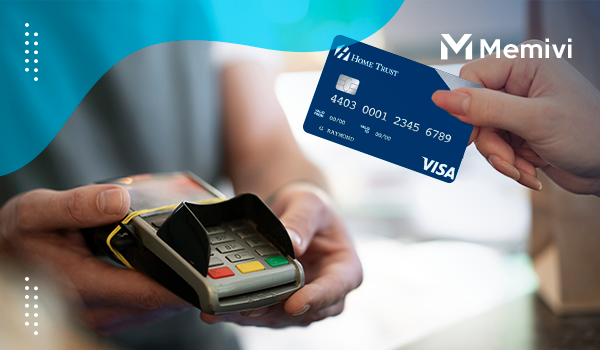
While many users stop at 1% cashback, savvy cardholders know how to extract significantly more value from the Home Trust Preferred Visa by pairing it with smart financial habits and hidden features. This guide goes beyond the basics—uncovering techniques, tools, and workarounds that make this no-fee credit card a serious financial asset.
Step-by-Step Guide to Using the Card Effectively
1. Set Up Autopay and Alerts Immediately
Once approved, link your account to your chequing account and enable auto-pay for full balance. This helps:
- Avoid interest (APR ~19.99%)
- Boost your credit utilization profile
- Prevent missed payments (key for credit score)
Set SMS/email alerts for billing cycle and due dates—Home Trust doesn’t send app notifications (no mobile app yet).
2. Use as a Travel Card Abroad
This is where it shines. Unlike 90% of Canadian credit cards, the Home Trust Preferred Visa charges 0% on foreign currency transactions. Use it for:
- Hotel bookings on European or Asian platforms (e.g., Booking.com in EUR)
- Foreign Uber or Bolt rides
- International Amazon purchases
Tip: For larger travel spend, pair it with a travel debit card like Wise or Revolut for ATM withdrawals, and use Home Trust Visa for merchant payments.

3. Stack It With Cashback Rebate Portals
To go beyond the 1% cashback:
- Sign up for Rakuten Canada, Great Canadian Rebates, or Shop.ca
- Use their links to major retailers (Best Buy, Lenovo, Dyson)
- Pay with Home Trust Visa = Double rewards
Real example: Buying a $2,000 laptop on Lenovo with 10% Rakuten + 1% Visa = $220 in total return.
4. Track and Categorize Spending with External Tools
As there’s no mobile app, use third-party tools like:
- Mint Canada or YNAB to track expenses
- Credit Karma to monitor credit score growth
- Koho or Neo for budgeting comparisons
You’ll have a full view of spending, category breakdown, and opportunities to optimize purchases.
5. Use It to Build or Repair Credit
Despite being an unsecured card, this Visa is available to users with limited or fair credit. Keep utilization below 30% and never miss a payment to see your score increase month by month.
Typical rebuild strategy:
| Month | Credit Score Goal | Max Balance | Payment Strategy |
| 1 | 620 | <$300 | Full balance |
| 3 | 660+ | <$200 | Bi-weekly paydown |
| 6 | 700+ | <$100 | Auto-pay + CLI request |
Smart FAQ (Not Your Typical Questions)
1. Can I pay my rent or tuition with the Home Trust Visa?
Not directly. But some users use Plastiq or PaySimply (check for processing fees). For cashback optimization, it only makes sense if the fee is under 1%.
2. Does Home Trust report to both credit bureaus?
As of 2025, Home Trust reports to Equifax, not TransUnion. If you’re building credit for a mortgage, consider supplementing with a second card.
3. Is there a credit limit increase policy?
Yes, after 6 months of responsible usage, you can request a credit line increase manually. It’s a soft inquiry in most cases.
4. Can I hold both the Preferred and Secured Visa from Home Trust?
No, Home Trust only allows one active Visa per individual—you must choose between the two.
5. Are there cashback category accelerators like groceries or gas?
Not on this card. It’s a flat 1%, which simplifies but doesn’t reward category-specific spending.
6. Is this a good card for students or newcomers to Canada?
Yes. Since there’s no income requirement, it’s accessible. However, approval isn’t guaranteed—past credit behavior still matters.
7. Can I add supplementary cardholders?
Not currently. Home Trust doesn’t support authorized users as of July 2025.
8. Will I receive cashback on insurance, taxes, or government payments?
Most government categories are excluded from cashback. Check the merchant category code (MCC) for clarity before relying on returns.
9. Can I use this card for cryptocurrency purchases?
No. Crypto-related transactions are typically blocked, and even if processed, they may not earn cashback.
10. Is this card better than a travel rewards card like Amex Gold or TD First Class?
Depends. If you travel often but don’t want annual fees, Home Trust is ideal. Travel rewards cards offer better perks—but at a cost.
Pro Tips & Little-Known Hacks
Use Split Payments to Avoid Hitting Utilization Limits
If your limit is $1,000 and you need to spend $900 on a purchase, split it over 2 cycles or pay down mid-cycle.
Time Foreign Purchases to Maximize Exchange Rates
Use FX tools like XE.com alerts to catch dips in USD or EUR before purchasing in foreign currency.
Combine With a Points-Based Card
Use Home Trust Visa for foreign or flat purchases and something like Scotiabank Scene+ or CIBC Aventura for category bonuses (e.g., travel, groceries).
How to Maximize Long-Term Value
- Request CLI every 6 months → improves credit score and utilization
- Use exclusively for foreign purchases → average savings: 2.5% vs other cards
- Rotate cards quarterly → to avoid reward stagnation and target bonus categories
- Check cashback statements manually → Some users report delays
Alternatives & Complementary Cards
| Card | Best For | Annual Fee | FX Fee | Cashback |
| Tangerine Money-Back | Customizable categories | $0 | 2.5% | 2% |
| Scotiabank Passport Visa | Premium travel perks | $150 | 0% | 1-3% |
| KOHO Prepaid Mastercard | Budget control + cashback | $0–$84 | 0–1.5% | 0.5–2% |
Home Trust pairs well with any of these for category optimization or prepaid budgeting.
Final Recommendation (With Context)
The Home Trust Preferred Visa isn’t the flashiest card in 2025. But for the right profile—especially remote workers, travelers, and credit-builders—it quietly outperforms cards with flashy bonuses and hidden fees. If you’re looking for a set-it-and-forget-it cashback card with true international flexibility, this is one of Canada’s top under-the-radar choices.
Want something fancier? Sure, the Amex Cobalt exists. But for a no-nonsense user who doesn’t want to pay to carry, Home Trust Preferred Visa delivers clean value—month after month.


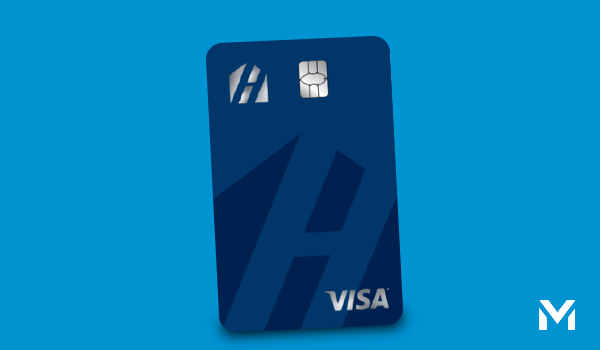
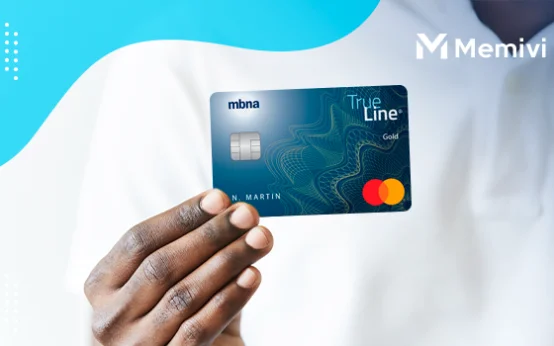 The MBNA True Line Gold Mastercard Credit Card <p class='sec-title' style='line-height: normal; font-weight: normal;font-size: 16px !important; text-align: left;margin-top: 8px;margin-bottom: 0px !important;'> A Low-Interest Credit Card for People Who Want Fewer Surprises and More Control </p>
The MBNA True Line Gold Mastercard Credit Card <p class='sec-title' style='line-height: normal; font-weight: normal;font-size: 16px !important; text-align: left;margin-top: 8px;margin-bottom: 0px !important;'> A Low-Interest Credit Card for People Who Want Fewer Surprises and More Control </p> 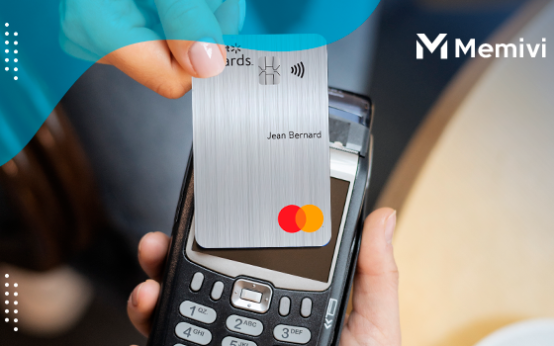 The Walmart Rewards Mastercard <p class='sec-title' style='line-height: normal; font-weight: normal;font-size: 16px !important; text-align: left;margin-top: 8px;margin-bottom: 0px !important;'> A Simple Rewards Card That Matches How People Actually Shop </p>
The Walmart Rewards Mastercard <p class='sec-title' style='line-height: normal; font-weight: normal;font-size: 16px !important; text-align: left;margin-top: 8px;margin-bottom: 0px !important;'> A Simple Rewards Card That Matches How People Actually Shop </p> 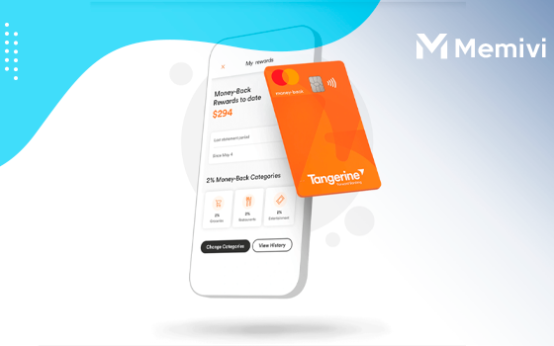 Tangerine Money-Back Mastercard Review <p class='sec-title' style='line-height: normal; font-weight: normal;font-size: 16px !important; text-align: left;margin-top: 8px;margin-bottom: 0px !important;'> This card offers Canadians customizable 2% cash-back categories, no annual fee, automatic monthly rewards and extended purchase protections. </p>
Tangerine Money-Back Mastercard Review <p class='sec-title' style='line-height: normal; font-weight: normal;font-size: 16px !important; text-align: left;margin-top: 8px;margin-bottom: 0px !important;'> This card offers Canadians customizable 2% cash-back categories, no annual fee, automatic monthly rewards and extended purchase protections. </p>